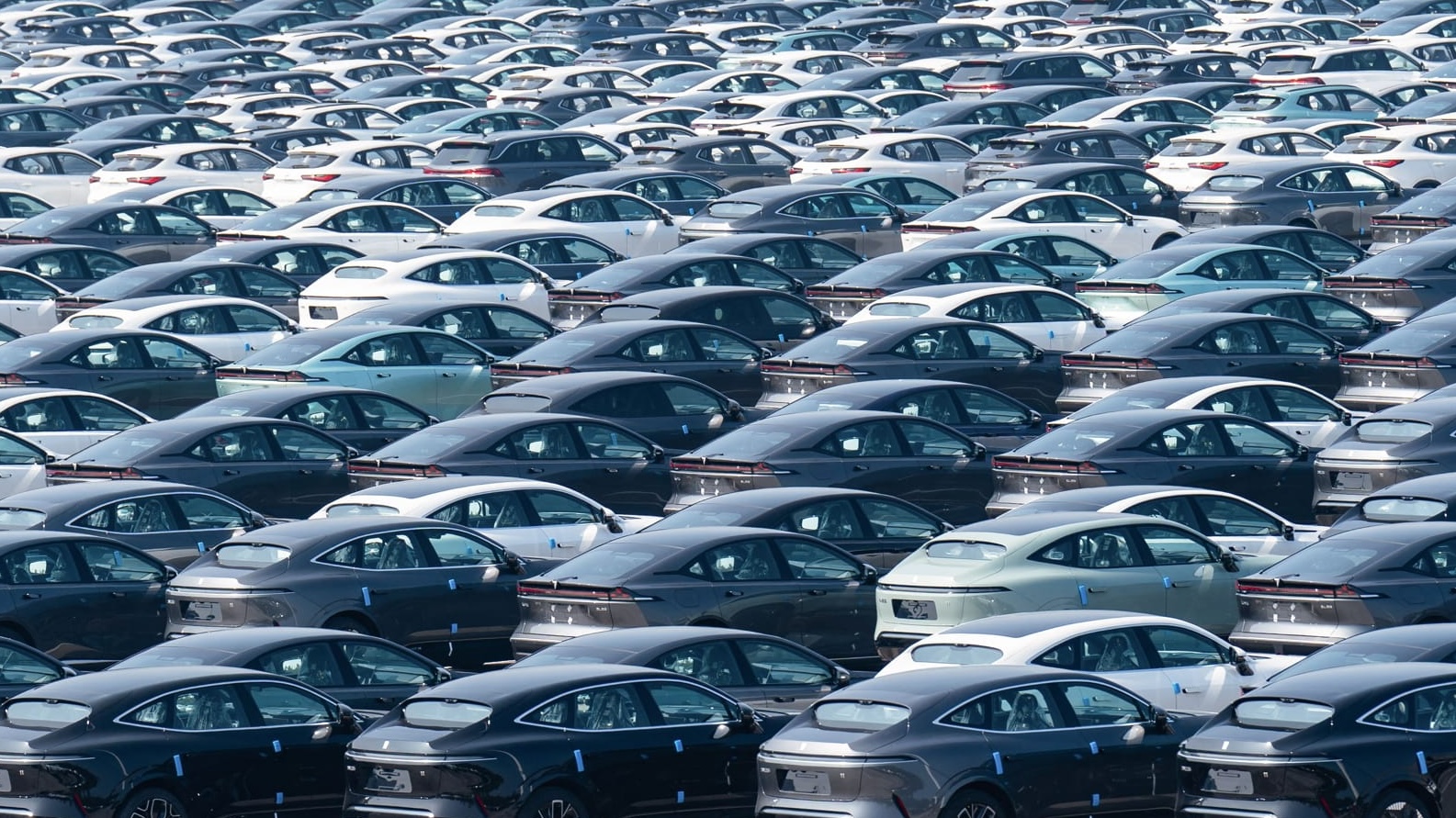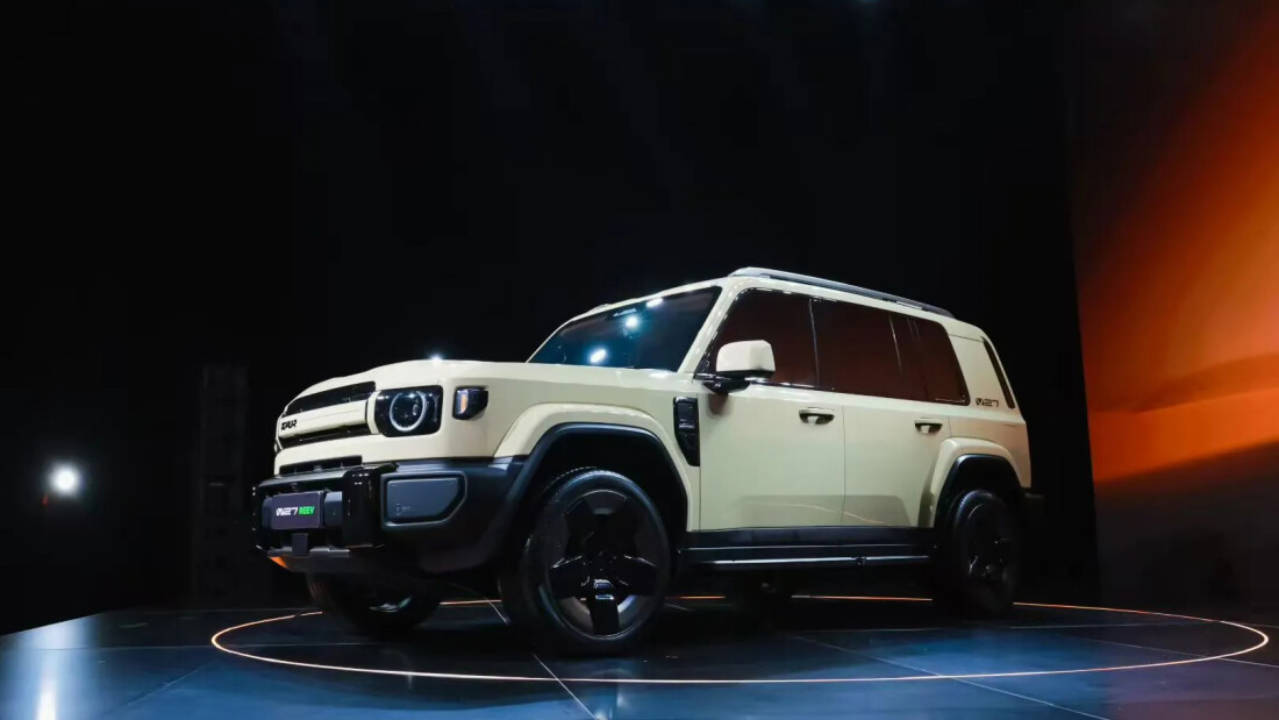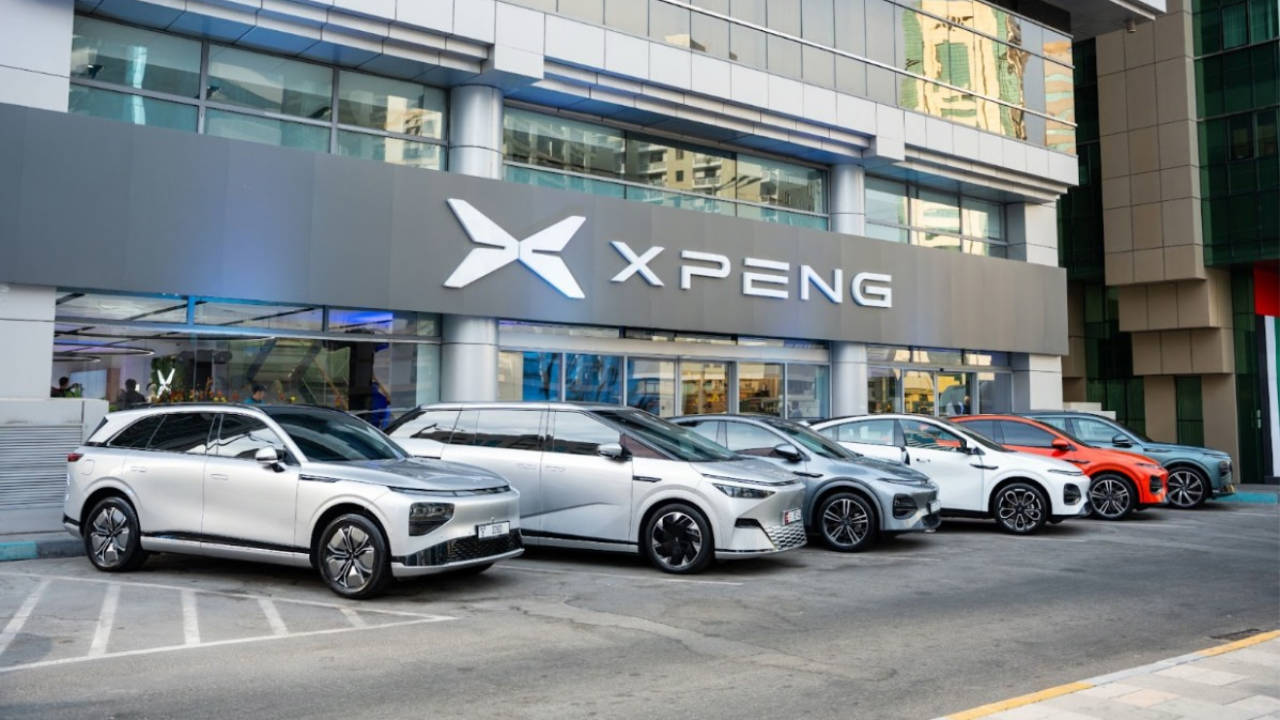The Rise of Chinese Cars & Car Brands: A Global Phenomenon

The automotive industry has witnessed a remarkable transformation over the past few decades, with China emerging as a dominant player in the global manufacturers market. From modest beginnings to becoming the world’s largest producer of automobiles, Chinese brands have defied expectations and carved out a significant presence on the global stage.
In this comprehensive analysis, we delve into the current growth trends of Chinese brands and cars, tracing the industry’s history, exploring key factors driving growth, and examining the future trajectory of this dynamic industry.
Current Growth Trends of Chinese Brands & Cars
In recent years, Chinese automotive brands have experienced exponential growth, both domestically and internationally. The sheer scale of production is staggering, with China producing 30.16 million vehicles in 2023 alone.
This remarkable feat solidified China’s position as the world’s largest automotive manufacturer, surpassing traditional automotive powerhouses such as the United States and Japan. Looking ahead, projections indicate continued growth, with estimates suggesting that China’s automotive production will cross 31 million vehicles in 2024.
This, however, is just an estimate. In January 2024 alone, China produced 2.41 million cars, which is an impressive 51.2% increase year-on-year. Going by these numbers, we expect China to produce over 40 million cars in 2024.
Chinese Automotive Industry’s History
The very first Chinese car – the Dongfeng CA71 – was first produced only in 1958. Prior to 1949, China’s automotive sector was largely underdeveloped and industrially backward. However, with socialist reforms introduced in 1949, China began to witness modest growth.

The real turning point came in the 1980s when China embraced economic reforms and opened its doors to foreign investment. This period marked a significant uptick in growth, with foreign automakers establishing joint ventures and assembling cars in China.
Growth & Expansion In the 1990s & 2000s
The 1990s and 2000s witnessed a flurry of activity in the Chinese automotive industry, driven by a combination of factors. A surge in foreign investment injected much-needed funds into the sector. Private car ownership only began in the year 2000, and this was when the Chinese auto industry began growing like never before.
Additionally, the entry of European brands into the Chinese market brought with it advanced technologies, managerial expertise, and access to global supply chains. This influx of resources and expertise propelled the Chinese automotive industry onto the global stage.
China’s Economic Growth and Government Support
The Chinese government and some of its policies played a major role in making it the largest automobile market both in terms of ownership and sales. China emerged as the world’s manufacturing hub, attracting investment from multinational corporations seeking access to China’s vast consumer market and skilled workforce.
| Chinese Domestic Car Sales | |
| 2020 | 20.18 million cars |
| 2021 | 21.48 million cars |
| 2022 | 23.56 million cars |
| 2023 | 24.94 million cars |
| 2024 | 27 million+ cars (Expected) |
Volkswagen’s $700 million investment in XPeng Motors, Abu Dhabi-based CYVN Holdings’ $2.2 billion investment in Nio, Saudi Arabia’s Ministry of Investment’s $5.6 billion investment in Human Horizons are just a few of the examples of big names investing in Chinese car manufacturers.
In addition, the Chinese government began investing in car manufacturers in order to boost their growth. Here’s a list of some of the central and state government-owned car manufacturers:
- FAW
- Bestune
- Dongfeng
- Changan
- Avatr
- SAIC
- MG Motor
- Wuling
- Baojun
- Chery
- Exeed
- Jetour
- GAC
- BAIC
- JAC
- King Long
- Brilliance
- Sinotruk
- Aion
- Hongqi
Competitive Pricing and Value Proposition
One of the key factors driving the success of Chinese automotive brands is their competitive pricing and value proposition. Chinese cars are renowned for offering exceptional value for money, with prices significantly lower than their foreign counterparts.

This affordability has already democratized car ownership in China and enabled millions of consumers to affordably access modern transportation solutions. Chinese cars are now replicating the same strategy across the globe too.
Economies Of Scale & Efficient Manufacturing
The Chinese Auto Industry has achieved this level of price competence through efficient manufacturing techniques and manufacturing at a massive scale. In addition, parts and platform sharing has been taken to a whole new level. For instance, a vast majority of Chinese cars are powered by 1.5-litre, 1.6-litre, or 2.0-litre inline-4 turbo-petrol engines.
These engines are manufactured on a large scale and then shared by all Chinese manufacturers. Hence, the development cost of a brand-new engine for a new car is nullified. In the same manner, transmissions, manufacturing platforms, touchscreen units, electric drive motors, batteries, etc, are all shared between several cars. As a result, thanks to economies of scale, cars are cheaper.
The Most Affordable Cars In The UAE
DubiCars’s data confirms how inexpensive Chinese cars are. The average price of a new Chinese hatchback is around 34.5% lower compared to American hatchbacks, 40% lower than Japanese hatchbacks, and almost 60% lower than German hatchbacks.
A Chinese sedan is on average priced 36.5% lower than an American sedan, 42% lower than a Japanese sedan, and 84% lower than a German sedan. The average price of a Chinese SUV is 50.5% lower than an American SUV, and 82% lower than a German SUV.
The average price of a new Chinese pickup truck is 74.8% lower than an American Pickup Truck, and 47% less expensive than a Japanese pickup truck. Four of the five least expensive new hatchbacks for sale on DubiCars are Chinese. Three of the five least expensive new Pickup trucks for sale on DubiCars are Chinese. All five of the least expensive new SUVs for sale on DubiCars are Chinese.

The cost advantage is further widened when it comes to electric vehicles. The most expensive electric vehicle listed on DubiCars is a Rolls-Royce Spectre at AED 3.4 million. The most expensive Chinese EV listed on DubiCars is a HiPhi X at a relatively more affordable AED 899,999.
Focus on Electric Vehicles
The Chinese Auto Industry seems to have taken the lead in electrifying the world. 26% of all cars sold in China last year were electric vehicles. Every Chinese car manufacturer is investing heavily in the development and production of new energy vehicles.
Chinese cars make up 8.55% of all the electric vehicles listed for sale on DubiCars, and 1.42% of all the hybrid vehicles listed for sale on DubiCars. These numbers are on the rise and are expected to reach new levels in 2024. The number of EVs produced in China in 2024 is expected to surpass initial estimates of 11.5 million units. Know more about the search patterns and trends for EVs & Hybrids in the UAE.
Quality Improvement & Brand Perception
Recognizing the importance of reputation and consumer trust, manufacturers have implemented stringent quality control measures and invested in research and development. As a result, perceptions of Chinese cars are shifting from skepticism to admiration.
One quick look at our Exeed RX review & Kaiyi X7 review should give you an idea of just how good Chinese cars are these days. DubiCars recorded almost 29 million impressions on Chinese car listings in 2023. The number of clicks on Chinese car listings in 2023 increased by 200% compared to 2022. In 2023, Chinese cars received 2.68% of the total demand on DubiCars, compared to 0.53% in 2022.

Taking a look at a few well-known Chinese brands, Chery listings received 392% more demand, BAIC listings received 810% more demand, and Jetour increased by 2,376%! Here’s a list of the Top 10 Chinese Cars In The UAE and Top 10 Chinese Car Manufacturers In The UAE.
A Large Number Of Brands & Models
There are 51 Chinese car brands listed on DubiCars, which is significantly higher compared to 33 American car brands, 30 British car brands, 27 German car brands, and 17 Japanese car brands. A total of 155 Chinese car models are listed on DubiCars.
A look into DubiCars’ data also gives an incredible insight into the growth of Chinese car brands. The leads on Chinese car listings in 2023 saw an increase of 600% in 2023 when compared to 2022 and the number of impressions on Chinese car listings increased by 325% for the same period.
Top Five Chinese Brands With The Highest Demand On DubiCars:
More Chinese brands are hitting the market in the near future. Check out the Top Chinese Car Manufacturers Launching In The UAE in 2024.
Strategic Acquisitions and Partnerships
Collaborations with legacy manufacturers from Europe have enabled Chinese companies to access advanced technologies, brand recognition, and global distribution networks.

Great examples of such partnerships include BMW-Brilliance, FAW-Volkswagen, GAC Toyota, Volkswagen Anhui, and Ford Beyond. Likewise, Chinese brands have pursued aggressive acquisition strategies, acquiring renowned European manufacturers such as Volvo, MG, Proton, Lotus, and Polestar, bolstering their presence in key markets.
Chinese Brands & Their UAE Partnerships
Chinese car manufacturers in the UAE have all partnered with a reputed local dealership. This gives this partnership exclusive distribution rights for the Chinese car brand. Here are a few noteworthy partnerships:

Depreciation Rate & Amount
Despite concerns about depreciation, Chinese cars offer a compelling value proposition due to their lower initial purchase price. While depreciation rates may be comparable to those of foreign cars, the absolute amount of depreciation is significantly lower, resulting in greater overall affordability and value retention for consumers.
DubiCars’ data reveals that Chinese cars depreciated by an average of 20.97% compared to an average of 16.92% for European cars over two years (January 2022 to January 2024). However, given the significantly lower initial purchase price, the actual depreciation turns out to be a bit lower.
Will Chinese Cars Dominate The Global Car Market?
In 2023, China produced 30.16 million vehicles which is around 40% of global car sales. With those numbers, one would think China is already dominating the global automotive industry. However, only about 5.22 million of those cars were exported to other countries.
China’s auto industry is certainly looking to increase its market share in the global car market. China contributes about 60% to global electric vehicle sales and has plans to grow further in 2024.
Chinese brands continue to innovate, expand, and redefine the industry. They could remain big players in the future of mobility and are definitely worth considering when dealerships are looking to expand their portfolios of brands.
Check out new cars for sale in the UAE & used cars for sale in the UAE.
Subscribe to DubiCars’ WhatsApp Channel for the latest automotive news, guides, polls, and informative infographics.
Also Read:
– EV Vs ICE In A Car Crash: Which One’s Safer?
– Top Things To Know About Jetour T2 Off-Road Chinese SUV
– How To Get The Best Car Loan Interest Rate In The UAE








